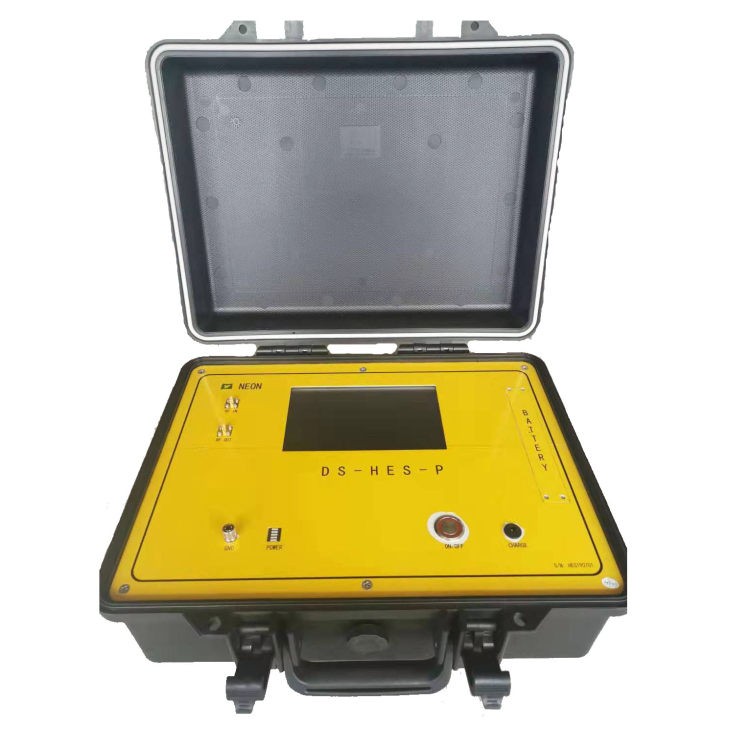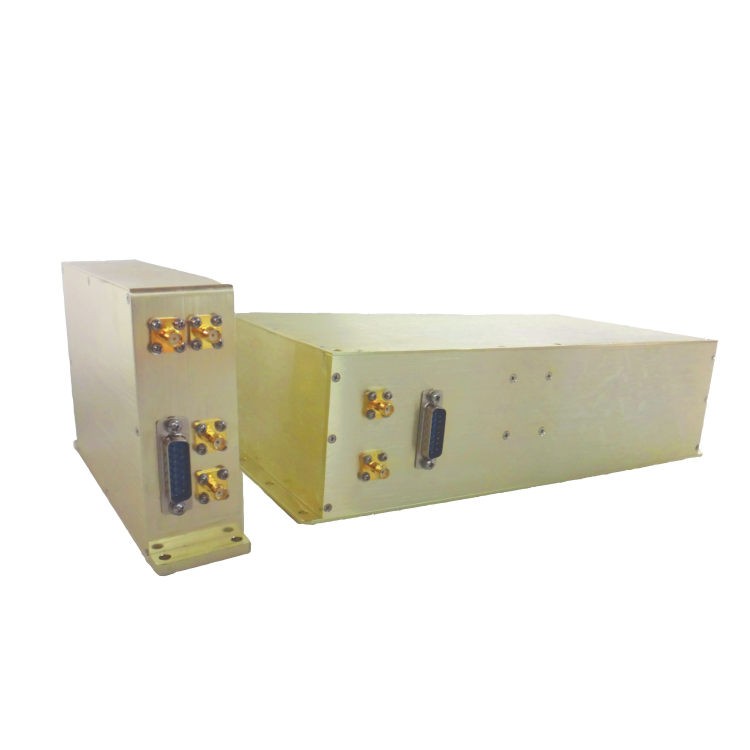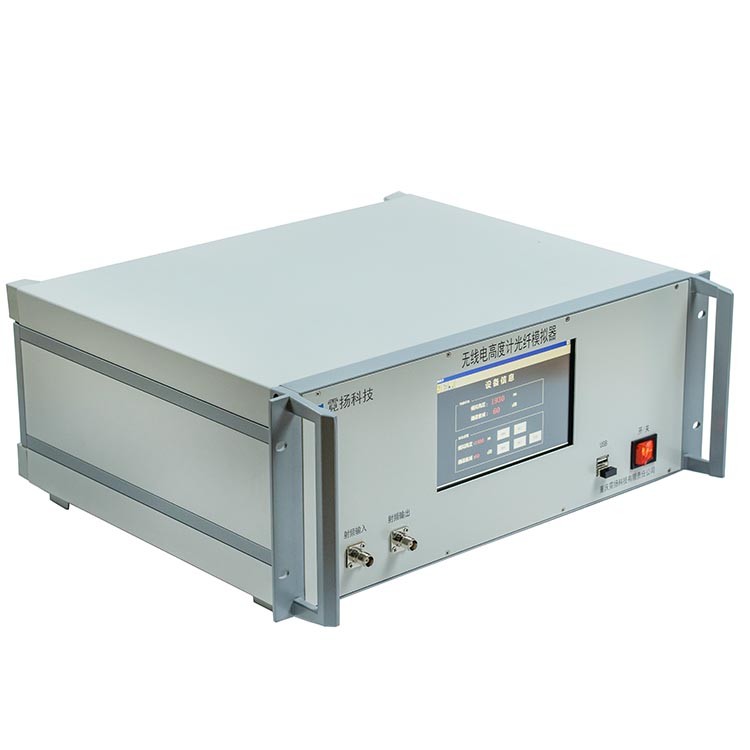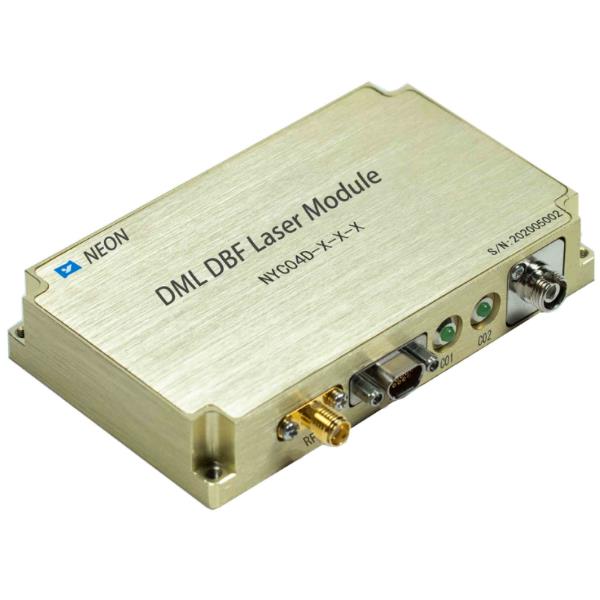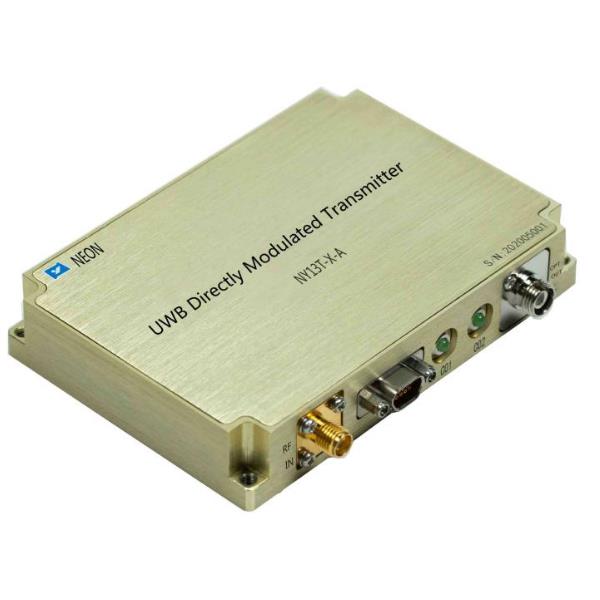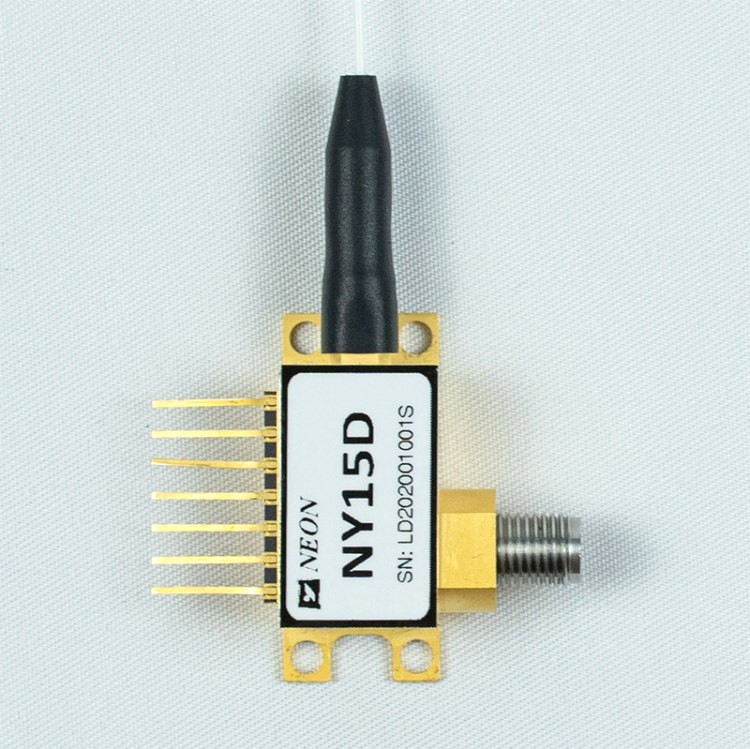Radio Altimeter Simulator Simulation Features: Enhancing Aircraft Training and Testing
Radio altimeter simulators are important tools that can be used to simulate the operation of radio altimeters in a controlled environment, such as a flight simulator or an aircraft maintenance facility. These simulators can be used to provide pilots and technicians with hands-on training on how to operate and troubleshoot radio altimeter systems, as well as to test and verify the performance of these systems.
In this article, we will focus on the simulation features of a radio altimeter simulator and how they can enhance aircraft training and testing.
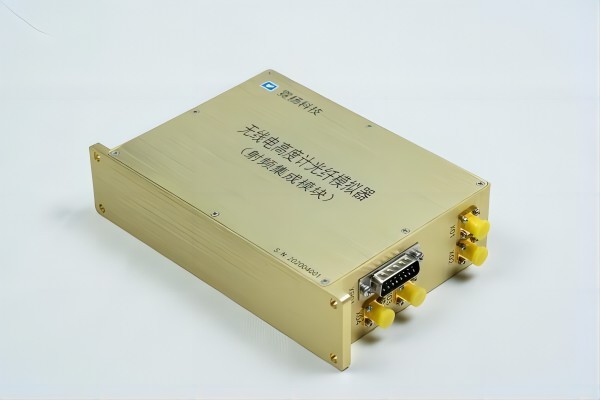
Simulation Features of Radio Altimeter Simulator
The simulation features of a radio altimeter simulator are designed to replicate the behavior of a real radio altimeter system. Some of the key simulation features of a radio altimeter simulator include:
- Ability to simulate various altitude readings: A radio altimeter simulator should be capable of simulating various altitude readings, ranging from a few feet above the ground to several thousand feet. This allows pilots and technicians to train for different scenarios, such as landing on short runways or conducting operations in mountainous terrain.
- Ground clearance measurements: A radio altimeter simulator should also be able to simulate ground clearance measurements. This is important because radio altimeters are used to measure the height above the ground or other terrain below the aircraft, and it is important to ensure that the aircraft is at a safe distance from the ground during takeoff and landing.
- Alert systems for low altitude warnings: A radio altimeter simulator should be able to simulate various alert systems, such as visual and audible warnings, that are triggered when the aircraft is at a low altitude. This allows pilots and technicians to train for emergency scenarios, such as a sudden drop in altitude during the approach.
- Simulated display for altitude readings: A radio altimeter simulator should also have a simulated display for altitude readings. This allows pilots and technicians to practice interpreting and using the altitude information provided by the radio altimeter system.
- Simulating different aircraft types: A radio altimeter simulator should be able to simulate different types of aircraft, such as fixed-wing aircraft and helicopters. This allows pilots and technicians to train on the specific radio altimeter systems used in different aircraft types.
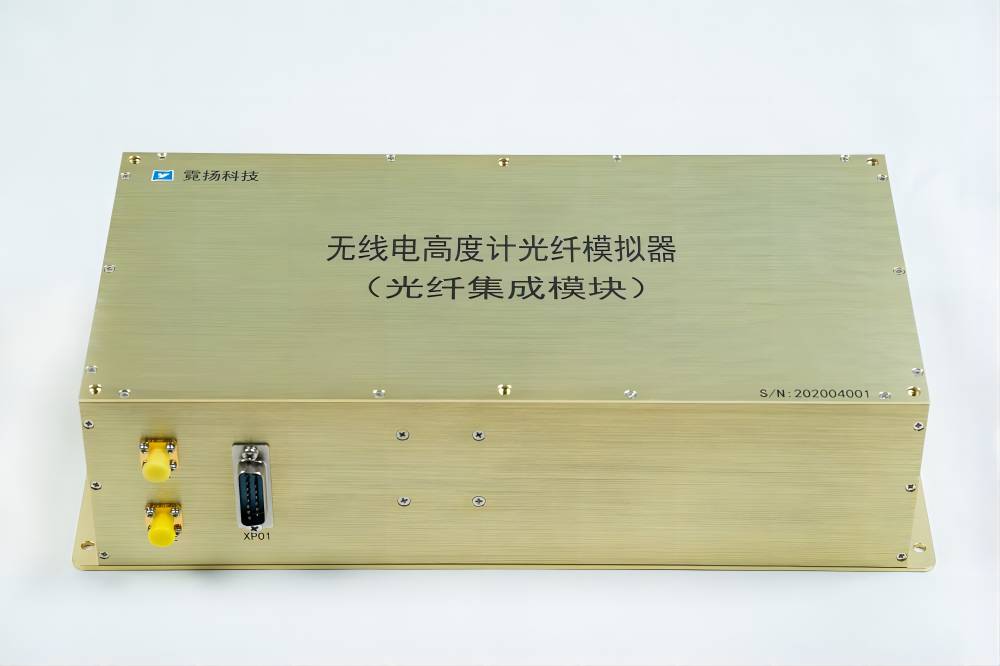
Benefits of Simulation Features in Radio Altimeter Simulator
The simulation features of a radio altimeter simulator provide several benefits for aircraft training and testing. These benefits include:
- Accurate and reliable altitude readings: The simulation features of a radio altimeter simulator allow pilots and technicians to train and test with accurate and reliable altitude readings. This ensures that they are familiar with the behavior of a real radio altimeter system and can use it effectively in flight operations.
- Improved training for pilots and technicians: The simulation features of a radio altimeter simulator allow pilots and technicians to train for a variety of scenarios, such as different aircraft types, altitude ranges, and emergency situations. This improves their skills and confidence in using the radio altimeter system.
- Enhanced testing capabilities for aircraft: The simulation features of a radio altimeter simulator allow aircraft technicians to test and verify the performance of radio altimeter systems without the need for a real aircraft. This reduces the cost and time associated with testing and improves the accuracy and reliability of the results.
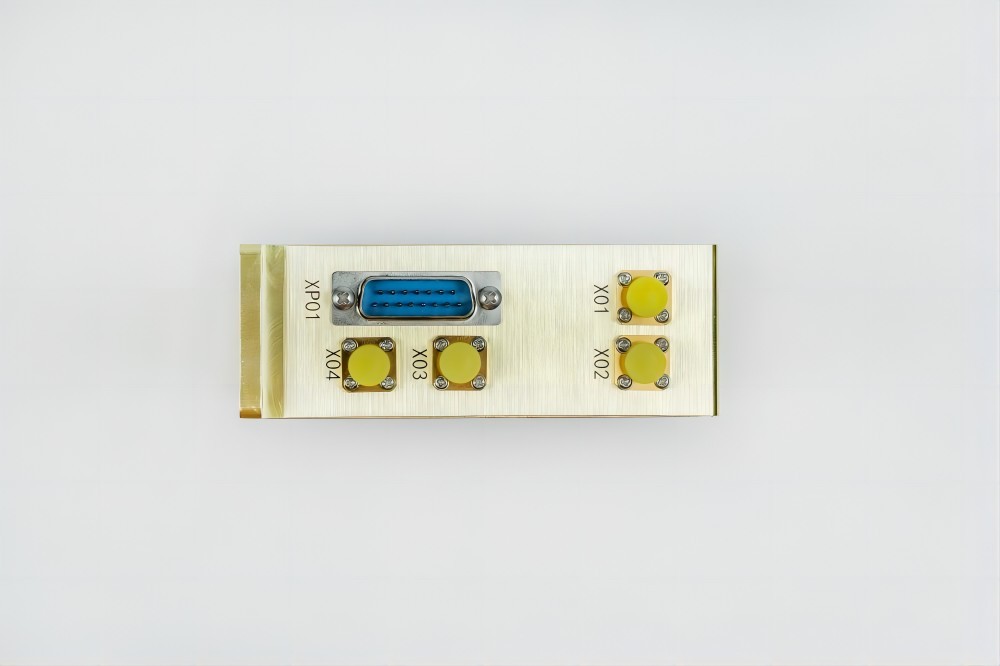
Advanced Features of Radio Altimeter Simulator
Some radio altimeter simulators also have advanced simulation features that can further enhance aircraft training and testing. These advanced features include:
- Simulating weather and other environmental factors: Advanced radio altimeter simulators can simulate various weather and environmental factors, such as wind, turbulence, and precipitation. This allows pilots and technicians to train and test in realistic conditions and prepare for different weather scenarios.
- Customizable alert thresholds and warning systems: Advanced radio altimeter simulators allow users to customize the alert thresholds and warning systems to match the specific requirements of their aircraft or operation. This improves the accuracy and reliability of the alerts and reduces the risk of false alarms.
- Integration with other avionics systems: Advanced radio altimeter simulators can also be integrated with other avionics systems, such as the flight management system and autopilot. This allows pilots and technicians to train and test the integrated operation of multiple avionics systems.
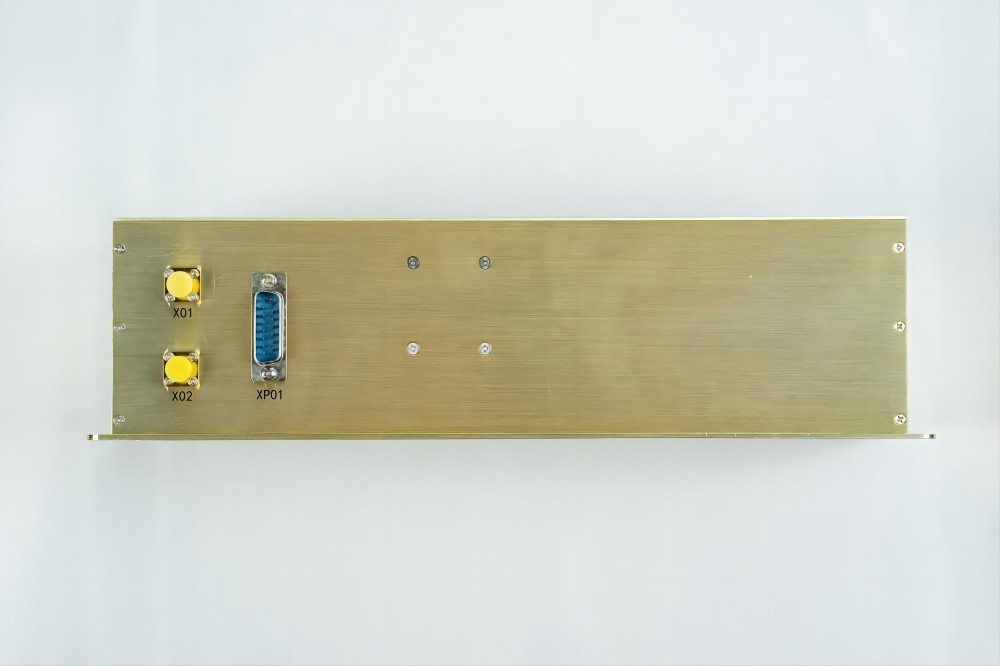
Conclusion
Radio altimeter simulators are important tools that can be used to enhance aircraft training and testing. The simulation features of a radio altimeter simulator provide accurate and reliable altitude readings, improved training for pilots and technicians, and enhanced testing capabilities for aircraft. Advanced features, such as simulating weather and other environmental factors, customizable alert thresholds and warning systems, and integration with other avionics systems, can further enhance the effectiveness of radio altimeter simulators.
It is important for aircraft operators and maintenance organizations to invest in high-quality radio altimeter simulators with advanced simulation features to ensure that their pilots and technicians are properly trained and their radio altimeter systems are functioning optimally. With the right radio altimeter simulator, aircraft operators can improve safety, reduce costs, and enhance the overall efficiency of their operations. NEON is a professional radio altimeter simulator manufacturer that provides high-quality and advanced simulator equipment to every client around the world, contact us now, and you’ll get warm service and surprised price.


